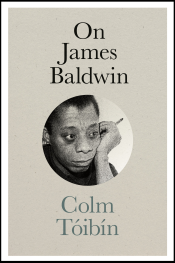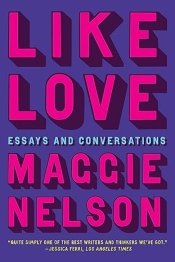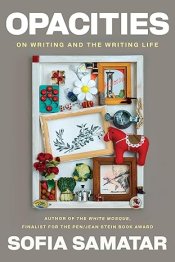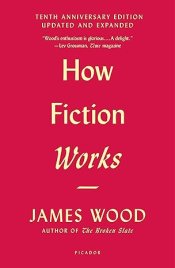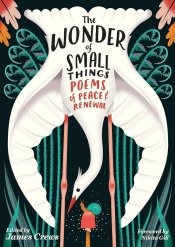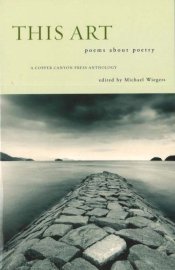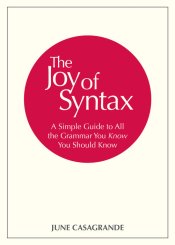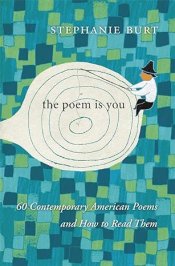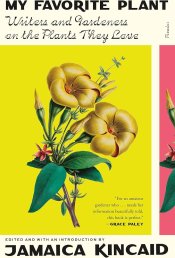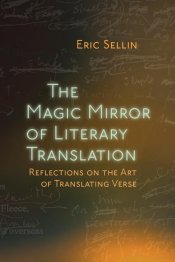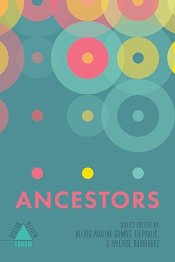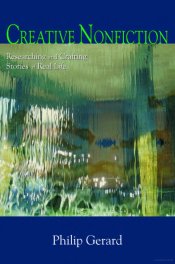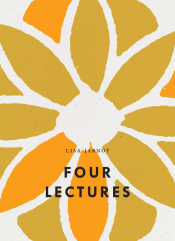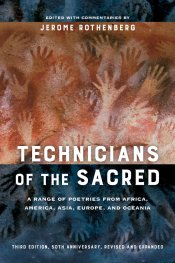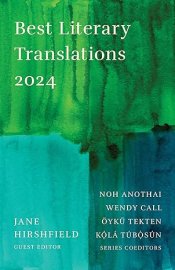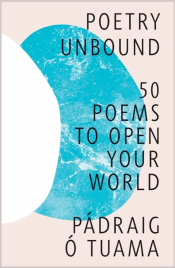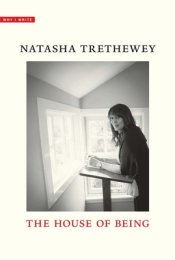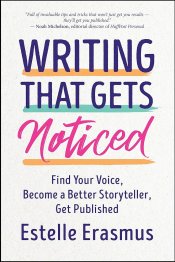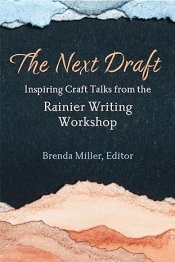Making a Literary Life: Advice for Writers and Other Dreamers
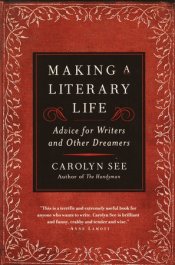
“This book...is intended to cover the writing process from the first moment you decide, or dream, that you want to write, on through to the third month after publication of your first novel, when you get to think—with a lot of serious trembling—about whether or not you’d want to do it again, really devote your life to this writing, this life, your literature,” writes novelist, memoirist, critic, and professor Carolyn See in this guide to becoming a writer. The three-part book offers See’s experience for everything from the basic elements of writing a story, to how to behave around friends and family when you first get published, to the importance of sending a daily “charming note” to someone you admire in the literary community. Both an instructive and inspiring book, the lessons will provide encouragement for any aspiring writer.







